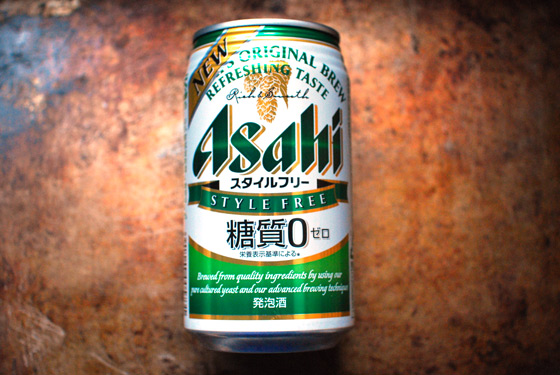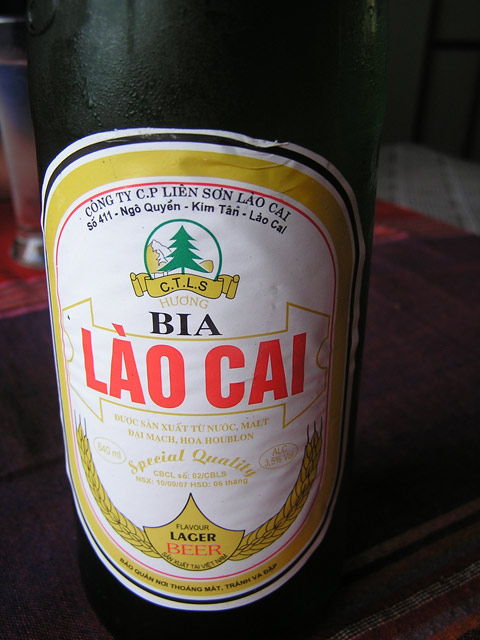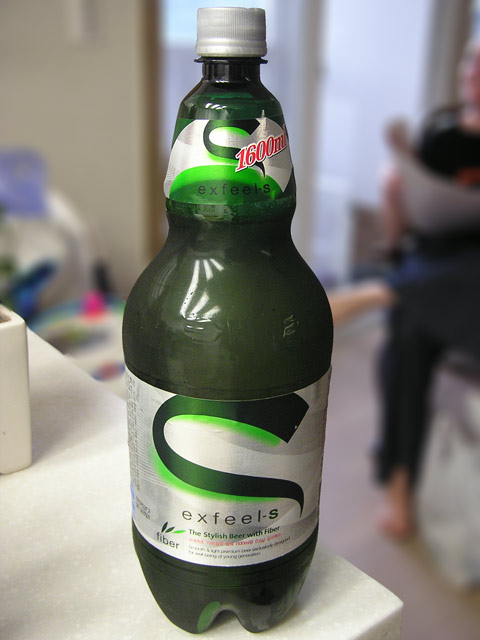It is a strange quirk of history and economics that a nation’s taxation regimes change the beer that each country drinks. In the US, beer needs to contain at least 25% malted barley and so mass market brewers push the lower limit using rice, corn or anything else that can contain sugars and is cheaper than malted barley.
In taxation terms, Japan has three kinds of beer. Japanese booze blogger Jim from MoIpai outlines:
Regular beer which must contain at least 67% malt is taxed at the highest rate.
Happoshu (which means “Sparking Spirits” 発泡酒 in Japanese) contains less than 25% malt and is therefore taxed at a lower rate (which obviously means it’s cheaper to the customers).
There is a Third-Category “beer” called 第三のビール (Daisan no Biru) which basically doesn’t have any malt and is made from “other” ingredients (I believe corn, peas, soy, etc), which has an even cheaper tax rate.
Along with attempting to juggle a fickle drinking market, Japan’s brewers do so within a three tiered tax regime. Asahi Style Free is beer of the third kind, which is to say, that it is not beer. It’s tax-dodging beer simulacra for drinkers who primarily choose their brew by price. Asahi make the claim that this beer is zero sugar which they do by some sort of prestidigitation around what counts as “sugar” in this chart. It contains no part of some subset of sugar.
The beer is as expected – yes, it’s thin and watery, headless and virtually clear, with a metallic edge and the thinness that you get from brewing with rice rather than some other grain – you can’t confuse it with an actual beer but it is surprisingly refreshing.





